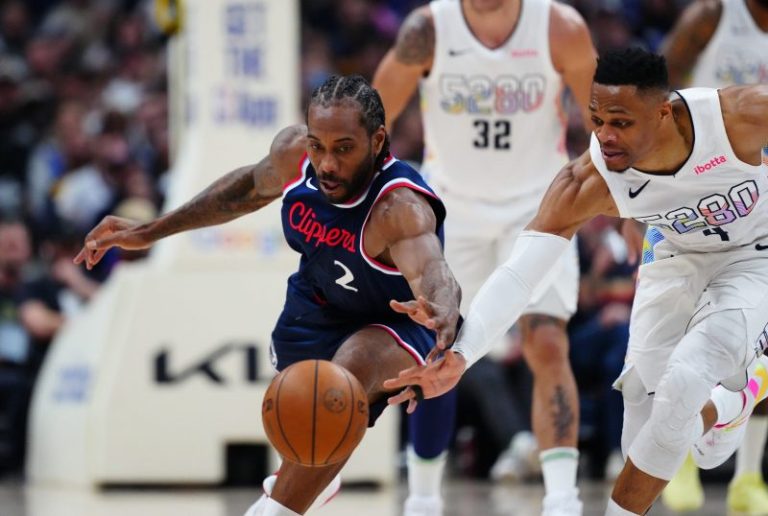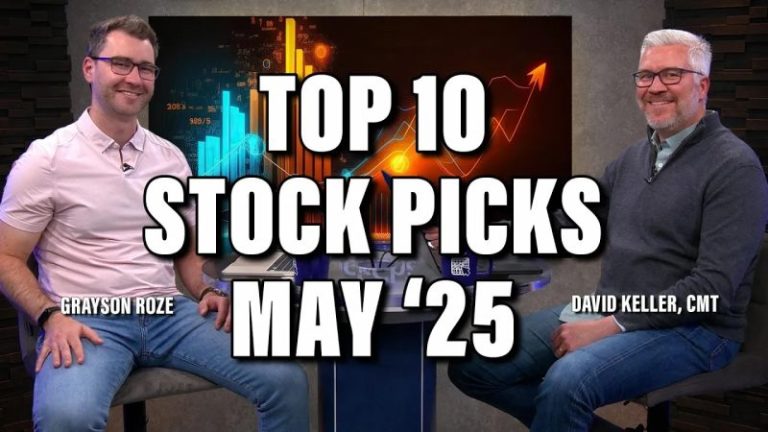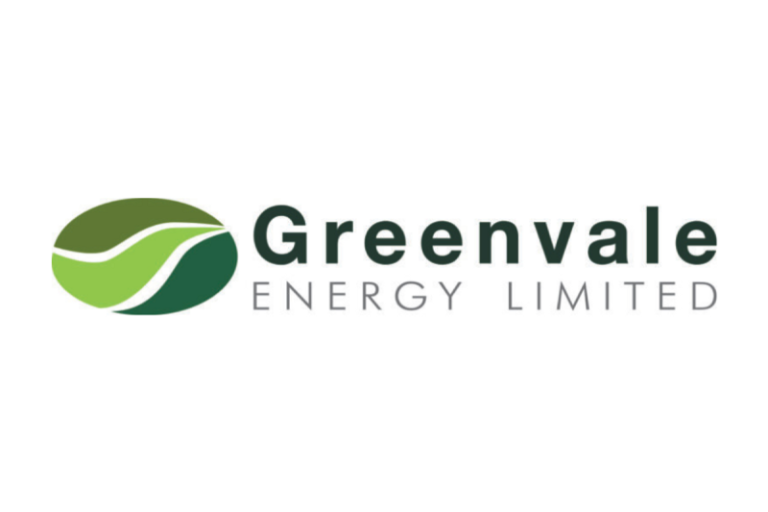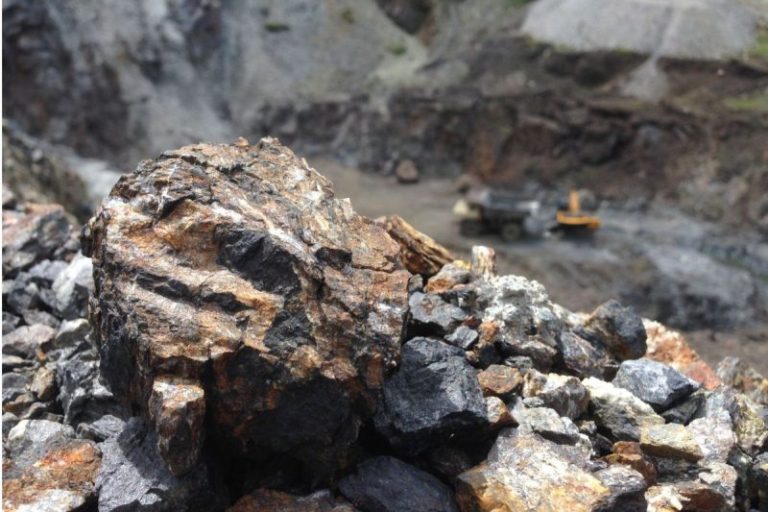The Liberal Party of Canada and Prime Minister Mark Carney will form a minority government following their victory in Canada’s national election on Monday (April 28). The Liberals won 168 seats, just shy of the 172 required to form a majority, meaning the Liberal government will have to work with the Bloc Québécois or the NDP, which won 23 and 7 seats, respectively.
The Conservative Party of Canada, led by Pierre Poilievre, won 144 seats. While the CPC was originally expected to win the election, the trade war and sovereignty threats from new US President Donald Trump turned the tide in favor of Carney, who took a firmer stance against Trump. Other election issues included the high cost of living, housing, immigration and crime.
Both parties came into the election with visions for Canada’s economy, which included energy and infrastructure corridors, a commitment to energy production and a focus on resource nationalism.
Statistics Canada released February’s gross domestic product by industry figures on Wednesday (April 30). According to the data, the resource sector’s January gains were largely erased by contractions in February. Oil and gas extraction slipped by 2.8 percent, while mining and quarrying contracted by 2.6 percent during the month. Metal ore mining posted its second month of declines, falling 2.5 percent. On the other hand, non-metallic mineral mining climbed by 2.7 percent, including a 3.5 percent rise in potash mining.
South of the Border, The United States Bureau of Labor Statistics released its April employment situation summary on Friday (May 2). In the report, the agency said that 177,000 new nonfarm jobs were added to the economy in April, which exceeded analysts’ expectations of 133,000 jobs.
The biggest gains came in the healthcare sector, which added 51,000 workers, followed by transportation and warehousing, where 29,000 people found new employment.
Overall, the unemployment rate remained steady at 4.2 percent, and the participation rate was unchanged at 62.6 percent.
However, there were some caveats, most notably, downward revisions of 15,000 fewer jobs in February and 43,000 jobs in March than initially reported.. Long-term unemployment also ticked up by 179,000 to 1.67 million in April, the highest since March 2022.
While the number showed strength in the job market, many analysts expect these gains to be temporary, as the effects of US tariffs have yet to be felt in the economy.
The US government also announced on Wednesday that it signed a critical minerals deal with Ukraine. Under the terms of the agreement, the US will provide funding for Ukraine’s reconstruction in exchange for preferential access to the country’s natural resources, including rare earth minerals, which are critical to tech and military development and supply chains.
Additionally, the Trump administration announced it added 10 new projects to be fast-tracked to its federal permitting dashboard on Friday. The projects include the NorthMet copper and nickel project in Minnesota, which is a 50/50 joint venture between Teck (TSX:TECK.A,TECK.B,NYSE:TECK) and Glencore (LSE:GLEN,OTC Pink:GLCNF), as well as Sibanye Stillwater’s (NYSE:SBSW) Stillwater platinum and palladium project in Montana.
Markets and commodities react
In Canada, major indexes posted gains by the week’s close. The S&P/TSX Composite Index (INDEXTSI:OSPTX) gained 1.32 percent during the week to close at 25,031.51 on Friday, the S&P/TSX Venture Composite Index (INDEXTSI:JX) moved up 0.01 percent to 656.40 and the CSE Composite Index (CSE:CSECOMP) climbed 2.52 percent to 122.75.
US equity markets also posted gains by close on Friday, with the S&P 500 (INDEXSP:INX) increasing 2.85 percent to close at 5,686.66, the Nasdaq-100 (INDEXNASDAQ:NDX) gaining 3.45 percent to 20,102.61 and the Dow Jones Industrial Average (INDEXDJX:.DJI) rising 2.8 percent to 41,317.44.
The gold price fell from recent highs, closing out Friday at US$3,233.98, down 2.56 percent over the week. The silver price was also down, shedding 3.21 percent during the period to US$32.03.
In base metals, the COMEX copper price fell 4.29 percent over the week to US$4.69 per pound. Meanwhile, the S&P GSCI (INDEXSP:SPGSCI) was down 3.17 percent to close at 520.19.
Top Canadian mining stocks this week
So how did mining stocks perform against this backdrop?
Take a look at this week’s five best-performing Canadian mining stocks below.
Stock data for this article was retrieved at 3:30 p.m. EDT on Friday using TradingView’s stock screener. Only companies trading on the TSX, TSXV and CSE with market capitalizations greater than C$10 million are included. Companies within the non-energy minerals and energy minerals sectors were considered.
1. Lion Rock Resources (TSXV:ROAR)
Weekly gain: 60 percent
Market cap: C$20.51 million
Share price: C$0.32
Lion Rock Resources is a gold and critical mineral exploration company focused on advancing its Volney gold-lithium-tin project in South Dakota, United States.
The property is situated on 142 hectares of private land with surface and mineral rights in place. The site hosts historic gold and tin mining operations dating back to the 1920s. Additionally, the site contains the Giant Volney pegmatite body, from which 15 grab samples graded an average of 4.4 percent lithium oxide, with the highest grading 5.4 percent.
The most recent news from the project came on Thursday (May 1) when Lion Rock announced that it had started its 2025 exploration program, including a high-resolution magnetic survey, mapping and sampling. The company said that the program will target high-grade lithium, gold and tin, and results will be used to refine drill targets and expand known mineralized zones.
The company also released its year-end 2024 financial report on Tuesday (April 29).
2. Foremost Clean Energy (CSE:FAT)
Weekly gain: 42.86 percent
Market cap: C$14.27 million
Share price: C$1.30
Foremost Clean Energy is a uranium exploration company working to advance projects in the Athabasca Basin in Northern Saskatchewan, Canada.
In 2025, its primary focus has been its Hatchet Lake property, part of its Eastern Athabasca projects. The site consists of nine mineral claims within two blocks covering an area of 10,2012 hectares and has seen exploration dating back to the 1960s.
Foremost announced in October 2024 that it had completed the first phase of an option agreement with Denison Mines (TSX:DML,NYSEAMERICAN:DNN) to acquire a 20 percent stake in 10 uranium properties, including Hatchet Lake, in exchange for 1.37 million common shares.
Under the terms of the agreement, Foremost can earn up to a 70 percent stake in the properties in exchange for meeting certain milestones within 36 months.
This Thursday, Foremost announced a new uranium discovery at Hatchet Lake from initial results of the company’s ongoing inaugural drill program.
In the announcement, the company said the discovery included multiple intervals of mineralization, highlighting one grading 0.22 percent equivalent U3O8 over 0.9 meters, including an intersection of 0.5 percent over 0.1 meters.
3. Baru Gold (TSXV:BARU)
Weekly gain: 42.86 percent
Market cap: C$13.53 million
Share price: C$0.05
Baru Gold is a development company working to advance its Sangihe gold project in Indonesia.
The company holds a 70 percent stake in the 42,000 hectare project, with the remaining 30 percent interest held by three Indonesia-based companies.
Baru Gold is progressing towards approval of its production operations plan, which was redesigned due to the significant macroeconomic shift and increase in the gold price since its last mineral resource estimate in May 2017.
On February 14, the company published a technical report with an updated mineral resource estimate. The mineral resource estimate demonstrated an indicated resource of 114,000 ounces of gold and 1.93 million ounces of silver from 3.15 million metric tons of ore with grades of 1.12 grams per metric ton (g/t) gold and 19.4 g/t silver. The project also hosts an inferred resource of 91,000 ounces of gold and 1.08 million ounces of silver from 2.3 million metric tons of ore with grades of 1.22 g/t gold and 14.5 g/t silver.
The update marks a significant step towards government approval for production operations status, with the only remaining requirement being the payment of taxes.
The most recent news came on April 2 when the company announced the closing of the first tranche of a private placement for C$336,321.88. Funding raised through the placement will be used in part for payment of land use taxes on the Sangihe property.
4. Taranis Resources (TSXV:TRO)
Weekly gain: 42.5 percent
Market cap: C$21.07 million
Share price: C$0.285
Taranis Resources is a copper explorer focused on advancing work at its Thor project in Southeast British Columbia, Canada.
The site has seen previous mining dating back to the early 1900s and hosts at least seven different epithermal zones. In a February mineral resource estimate update, the company reported an indicated resource of 1.14 million metric tons of ore containing 27,400 ounces of gold, 5.58 million ounces of silver, 3.1 million pounds of copper, 47.8 million pounds of lead and 77.9 million pounds of zinc.
The most recent news from the Thor project came on April 9, when Taranis provided an update on its 2024 deep drilling program. The company finalized an alteration study of the drill holes, which encountered anomalous gold, zinc and arsenic, and plans to use the results to improve targeting and lower costs for its 2025 drilling program.
5. Black Iron (TSX:BKI)
Weekly gain: 41.18 percent
Market cap: C$38.02 million
Share price: C$0.12
Black Iron is an exploration and development company working to advance its Shymanivske iron project in Ukraine.
The 300 hectare property is located approximately 330 kilometers south-east of the capital of Kiev and is situated within the well-known iron ore mining district of KrivBass.
According to a March 2020 preliminary economic assessment, project economics demonstrated an after-tax net present value of US$1.44 billion at a discount rate of 10 percent with an internal rate of return of 34.4 percent and a payback period of 3.3 years.
The included mineral resource estimate reported a measured and indicated resource of 645.8 million metric tons of ore with an average grade of 31.6 percent total iron and 18.8 percent magnetic iron.
Although Black Iron did not release any news this week, the company’s share price gained alongside news of the US and Ukraine reaching a critical minerals agreement.
FAQs for Canadian mining stocks
What is the difference between the TSX and TSXV?
The TSX, or Toronto Stock Exchange, is used by senior companies with larger market caps, and the TSXV, or TSX Venture Exchange, is used by smaller-cap companies. Companies listed on the TSXV can graduate to the senior exchange.
How many mining companies are listed on the TSX and TSXV?
As of February 2025, there were 1,572 companies listed on the TSXV, 905 of which were mining companies. Comparatively, the TSX was home to 1,859 companies, with 181 of those being mining companies.
Together the TSX and TSXV host around 40 percent of the world’s public mining companies.
How much does it cost to list on the TSXV?
There are a variety of different fees that companies must pay to list on the TSXV, and according to the exchange, they can vary based on the transaction’s nature and complexity. The listing fee alone will most likely cost between C$10,000 to C$70,000. Accounting and auditing fees could rack up between C$25,000 and C$100,000, while legal fees are expected to be over C$75,000 and an underwriters’ commission may hit up to 12 percent.
The exchange lists a handful of other fees and expenses companies can expect, including but not limited to security commission and transfer agency fees, investor relations costs and director and officer liability insurance.
These are all just for the initial listing, of course. There are ongoing expenses once companies are trading, such as sustaining fees and additional listing fees, plus the costs associated with filing regular reports.
How do you trade on the TSXV?
Investors can trade on the TSXV the way they would trade stocks on any exchange. This means they can use a stock broker or an individual investment account to buy and sell shares of TSXV-listed companies during the exchange’s trading hours.
Article by Dean Belder; FAQs by Lauren Kelly.
Securities Disclosure: I, Dean Belder, hold no direct investment interest in any company mentioned in this article.
Securities Disclosure: I, Lauren Kelly, hold no direct investment interest in any company mentioned in this article.










